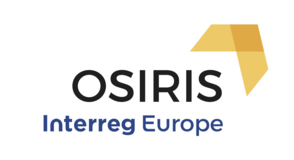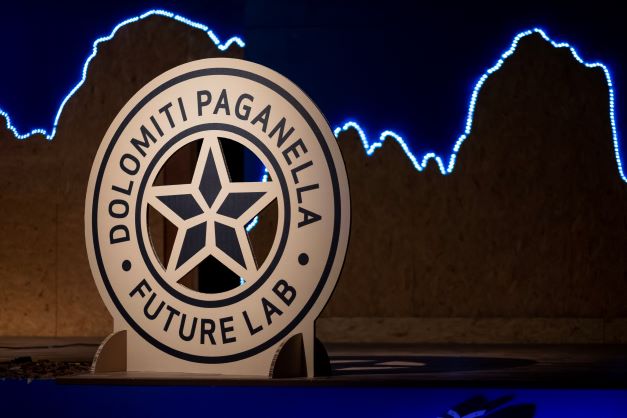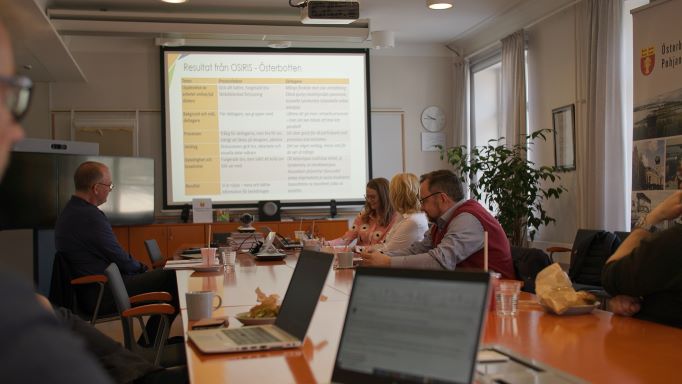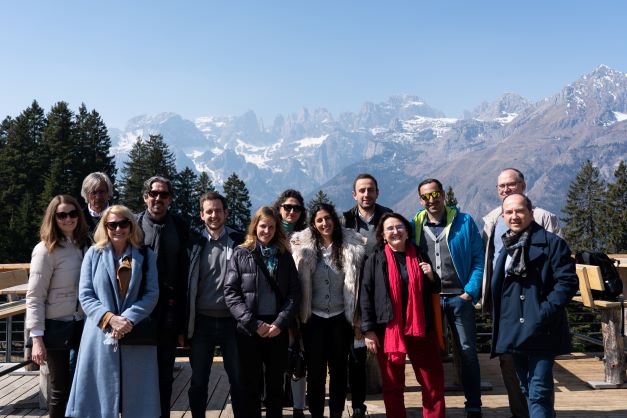The Trentino system has equipped itself with the means to turn all the information flowing through institutional web portals into reusable data by creating a shared data structure across all public bodies and developing systems empowering citizens as data producers as well as consumers in every municipality.
Taking the lead from the map below, we share here some considerations concerning the process of enhancement of national public service information seen from the perspective of individual territories.

The map shows the catalogues displaying open data in Italy so far.
As one can see, there is a good distribution of local nodes involved in the process of opening public data at a national level , which indicates that the process has started and is likely to continue in the coming years, changing the way public administrations work.
Data are, today, at the basis of the change we are living. The reuse of data as well as the solutions to read, interpret and match them, the search for knowledge when and where it is needed; all of this is unlikely to stop in the coming years.
This map will most likely move, in the next few months and years, from a model of disconnected nodes to a connected territorial model. As it is already the case for Trentino, the other regions, as well, will eventually find a way to spread this change at the level of individual small municipalities.
This is how we did it in Trentino.
Thanks to a federated model connecting the provincial and municipal government levels and to the commitment on these issues of the Trentino Municipalities, every actor of the Trentino public system has had the opportunity to participate in this change in its own way.
The Project Open Data in Trentino has promoted and systematized the experience gained from ComunWeb, a digital communication management platform for local authorities that turned simple municipalities websites into a tool for the modelling and structuring of public data, which can be now viewed by citizens in many different ways (event calendars, geographic maps with things to see, interactive diagrams measuring the performance of the local body, tables with mandatory transparency data, etc).
Following the idea that "no information is to be wasted because it has a potential economic value for everyone" the Trentino system has equipped itself with the means to turn all of the information flowing through institutional portals into reusable data by creating a shared data structure across all public bodies and developing systems making citizens data producers as well as consumers (prosumers). Such is the case, for example, of the ViviAla event calendar, in which the associations participate in the creation of the online local cultural calendar through a process allowing a shared definition of the events. Instead of publishing new events or updating the association profiles, the local body allows the dissemination, over multiple channels (website, association log, event apps, European Open Data Portal, etc.), of the data generated and updated in real time by those who possess the information (source) and are motivated to detail it (high quality data).
For the catalogue dati.trentino.it, what has been developed by the Trentino Municipalities has added a new and unique source of data to our open data catalogues. In addition to the data coming from management systems, from sensors and to self-produced data, today every smallest municipality can make the information about their activities being re-used by machines throughout the whole open data chain, from ComunWeb through dati.trentino.it and dati.gov.it onto the European data portal.
But why and for whom are we doing all this? Why are we increasing the value of the data collected by public administrations? How can administrations with different institutional and organisational backgrounds be aligned?
It was crucial to realize that those who benefit from provincial and municipal policies is always the citizen (be it families, young people, adults, existing businesses or future ones), and that the citizen is always the same; what changes are the government levels (region, state, European Union).
In other words, each different European administrative level is working to meet the needs of the same users, who increasingly see their actions and needs less restricted by administrative or geographical boundaries. In this terms, open data is proving to be an important means of this new big public administration providing services for citizens within a single European digital space.
Looking at this map, then, one can imagine how quickly the spread of open data nodes will increase and be more connected and interoperable in a way that will be technologically neutral but based on the exchange rules for such data. Even more, then, we will be talking about "web services - open services - based on a shared data structure".
by Francesca Gleria and Gabriele Francescotto











